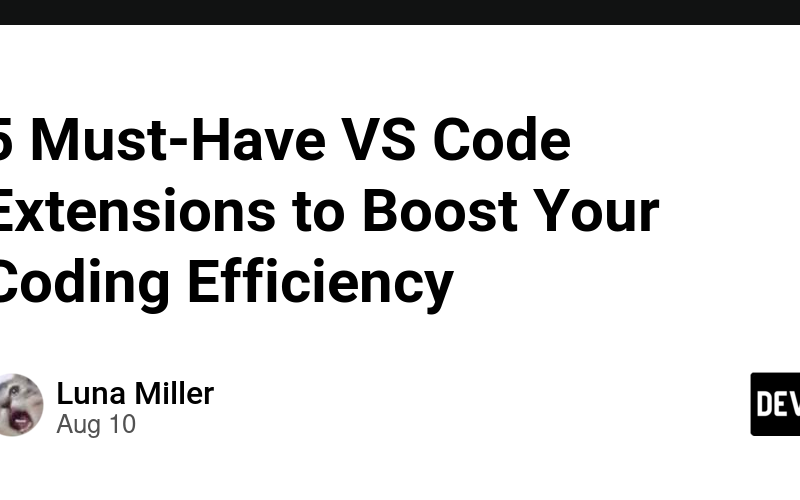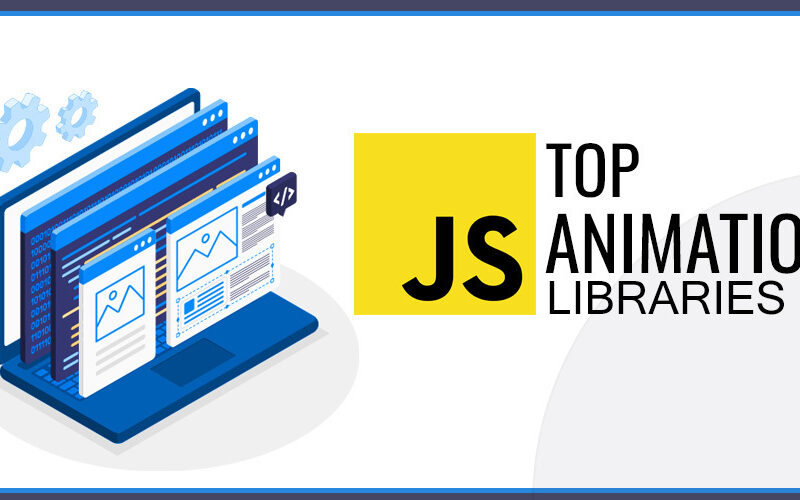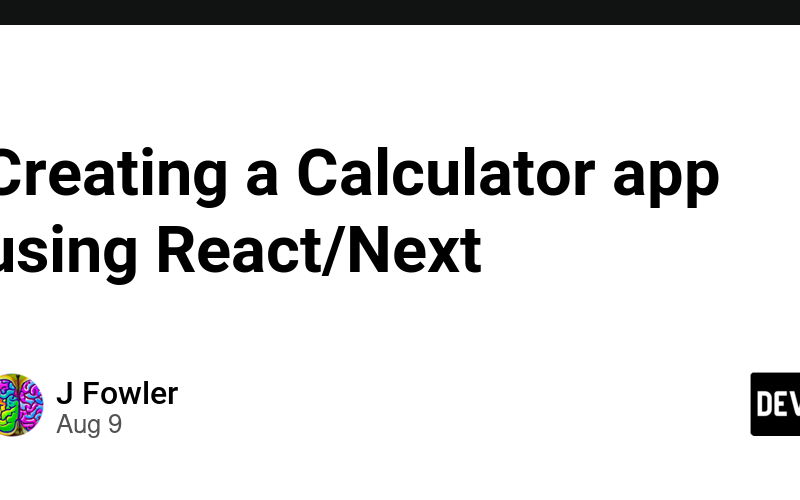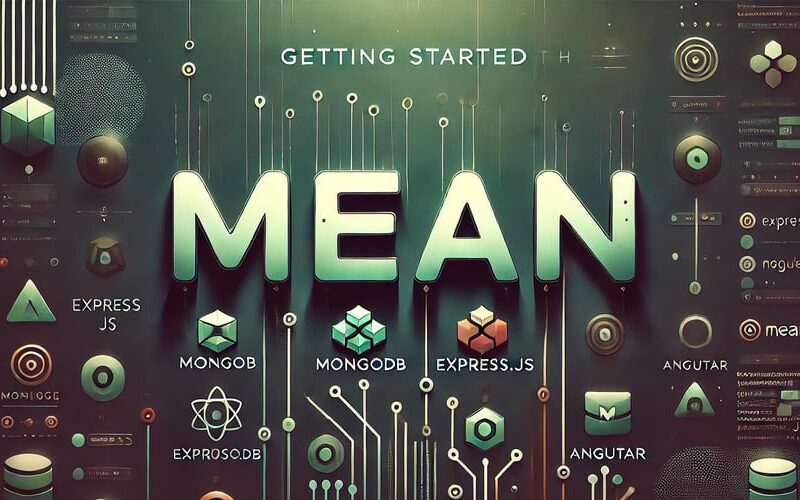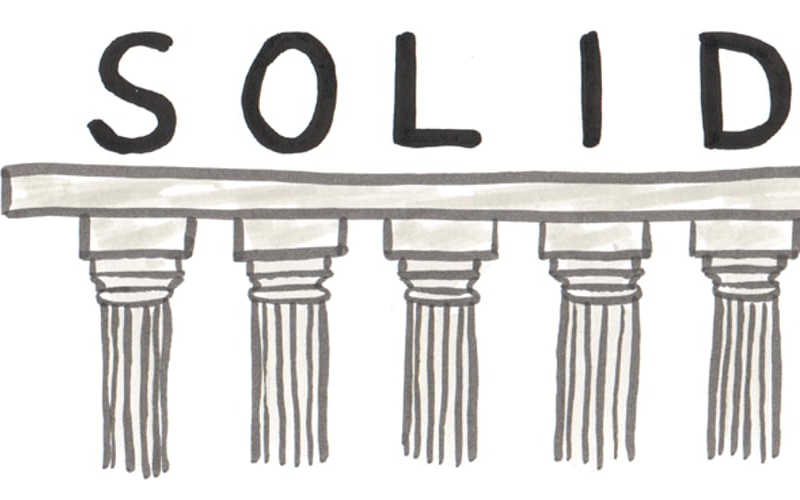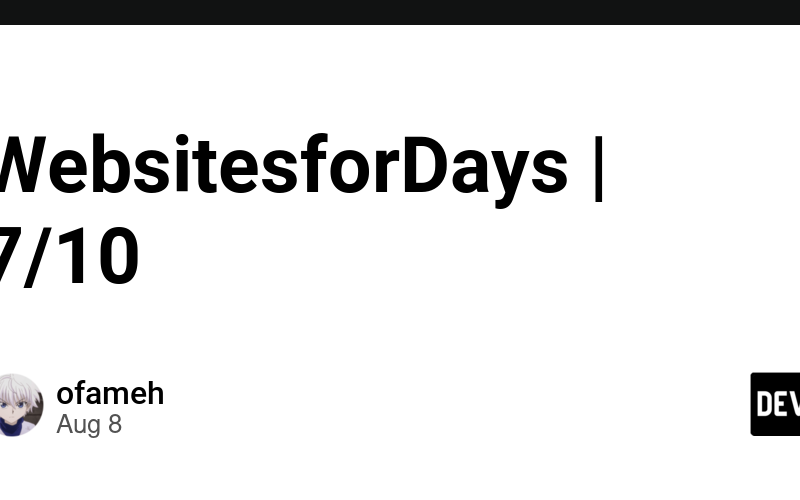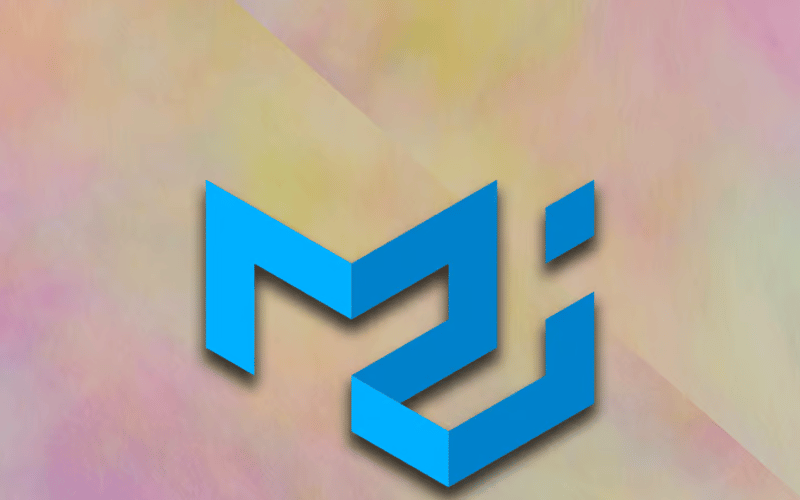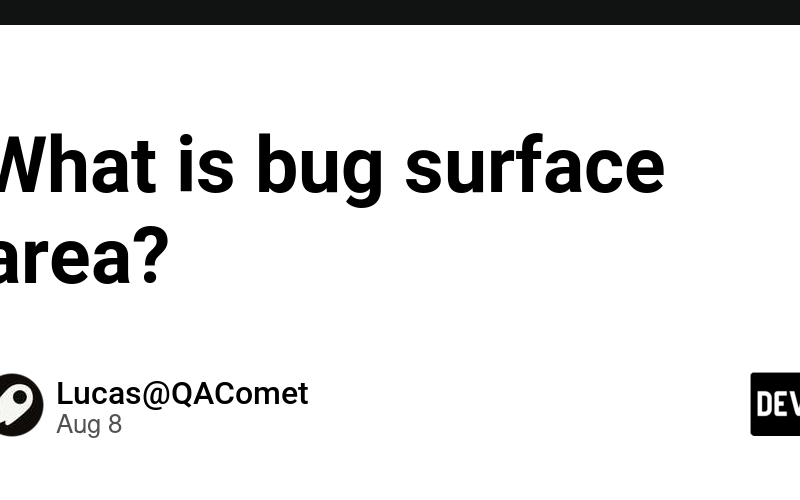10
Aug
CodiumAI is a coding assistant that developers can use to enhance their coding experience using the power of Artificial Intelligence. It is a trending tool with features such as accurate code suggestions, explanation of the code, automatic test generation, and various language and IDE Support. For this demo, we are going to use CodiumAI to make a Pull Request. Installation For the installation, we will need two things: OpenAI API Key GitHub Personal Access Token(Classic) Now, let's get the OpenAI API Key. Getting OpenAI API Key First, let's go to the Codium AI GitHub repository and follow the installation instructions.…


